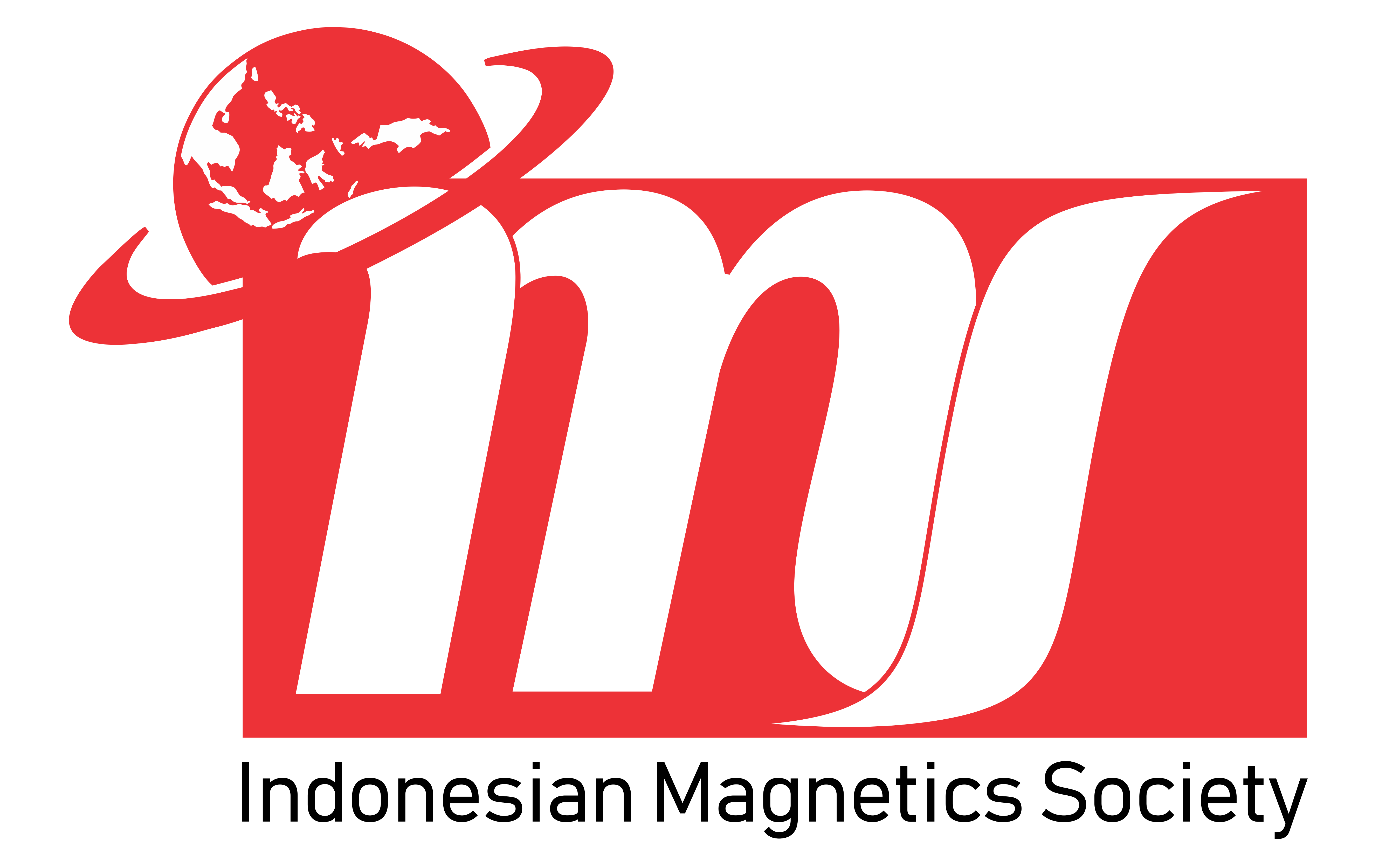The Effect of Volume Target on Quality of Radiotherapy using 3DCRT and IMRT: Dosimetry and Radiobiological Evaluation
Abstract
Keywords
Full Text:
PDFReferences
Bakiu, E., Telhaj, E., Kozma, E., Ruci, F., & Malkaj, P. (2013). Comparison of 3D CRT and IMRT Tratment Plans. Acta Informatica Medica, 21(3), 211-212. doi:10.5455/aim.2013.21.211-212
Chang, J. H., Gehrke, C., Prabhakar, R., Gill, S., Wada, M., Lim Joon, D., & Khoo, V. (2016). RADBIOMOD: A simple program for utilising biological modelling in radiotherapy plan evaluation. Physica Medica, 32(1), 248–254. doi:10.1016/j.ejmp.2015.10.091
Collins, S. P., Coppa, N. D., Zhang, Y., Collins, B. T., McRae, D. A., & Jean, W. C. (2006). Cyberknife radiosurgery in the treatment of complex skull base tumor analysis of treatment planning parameter. Radiation Oncology, 1(1), 46. doi:10.1186/1748-717x-1-46
Deb, P., & Fielding, A. (2009). Radiobiological model comparison of 3D conformal radiotherapy and IMRT plans for the treatment of prostate cancer. Australasian Physics & Engineering Sciences in Medicine, 32(2), 51–61. doi:10.1007/bf03178629
Emami, B. (2013): Tolerance of normal tissue to therapeutic radiation, Report of Radiotherapy and Oncology, 35–48. https://brieflands.com/articles/rro-2782.html
International Comission on Radiation Unit and Measurment (ICRU). (1993): Prescribing, recording, and reporting photon beam therapy, ICRU Report No.50, 1–72. https://www.icru.org/report/prescribing-recording-and-reporting-photon-beam-therapy-report-50/
International Comission on Radiation Unit and Measurment (ICRU). (2010): Prescribing, recording, and reporting photon beam IMRT, ICRU Report No.83, 1–94. https://www.icru.org/report/prescribing-recording-and-reporting-intensity-modulated-photon-beam-therapy-imrticru-report-83/
Jones, B., & Sanghera, P. (2007). Estimation of Radiobiologic Parameters and Equivalent Radiation Dose of Cytotoxic Chemotherapy in Malignant Glioma. International Journal of Radiation Oncology Biology Physics, 68(2), 441–448. doi:10.1016/j.ijrobp.2006.12.025
Kutcher, G. J., & Burman, C. (1989). Calculation of complication probability factors for non-uniform normal tissue irradiation: The effective volume method gerald. International Journal of Radiation Oncology Biology Physics, 16(6), 1623–1630. doi:10.1016/0360-3016(89)90972-3
Lyman, J. T. (1985). Complication Probability as Assessed from Dose-Volume Histograms. Radiation Research Supplement, 8, 13-19. doi:10.2307/3583506
Mohan, R., Mageras, G. S., Baldwin, B., Brewster, L. J., Kutcher, G. J., Leibel, S., Fuks, Z. (1992). Clinically relevant optimization of 3-D conformal treatments. Medical Physics, 19(4), 933–944. doi:10.1118/1.596781
Robinson, C. G., Fontanella, A., Abraham, C. D., Oh, J. H., Apte, A., Mullen, D., & Deasy, J. O. (2015). Validating a Mechanistic Tumor Control Probability (TCP) Model Applied to Non-Small Cell Lung Cancer (NSCLC) Brain Metastases Treated With Single-Fraction Radiosurgery (SRS). International Journal of Radiation Oncology Biology Physics, 93(3), S51. doi:10.1016/j.ijrobp.2015.07.123
Stanley, J., Breitman, K., Dunscombe, P., Spencer, D. P., & Lau, H. (2011). Evaluation of stereotactic radiosurgery conformity indices for 170 target volumes in patients with brain metastases. Journal of Applied Clinical Medical Physics, 12(2), 245–253. doi:10.1120/jacmp.v12i2.3449
Riet, A. van’t, Mak, A. C. A., Moerland, M. A., Elders, L. H., & van der Zee, W. (1997). A conformation number to quantify the degree of conformality in brachytherapy and external beam irradiation: Application to the prostate. International Journal of Radiation Oncology Biology Physics, 37(3), 731–736. doi:10.1016/s0360-3016(96)00601-3
Valdes, G., Iwamoto, K., Lee, P., & Qi, X. (2013). Derivation of Optimum Biological Parameters for Non-Small Cell Lung Tumors With Consideration of Interpatient Heterogeneity. International Journal of Radiation Oncology Biology Physics, 87(2), S97. doi:10.1016/j.ijrobp.2013.06.251
Yoon, M., Park, S. Y., Shin, D., Lee, S. B., Pyo, H. R., Kim, D. Y., & Cho, K. H. (2007). A new homogeneity index based on statistical analysis of the dose-volume histogram. Journal of Applied Clinical Medical Physics, 8(2), 9–17. doi:10.1120/jacmp.v8i2.2390
Zaider, M., & Minerbo, G. N. (1999). Tumour control probability: a formulation applicable to any temporal protocol of dose delivery. Physics in Medicine and Biology, 45(2), 279–293. doi:10.1088/0031-9155/45/2/303
Refbacks
- There are currently no refbacks.







